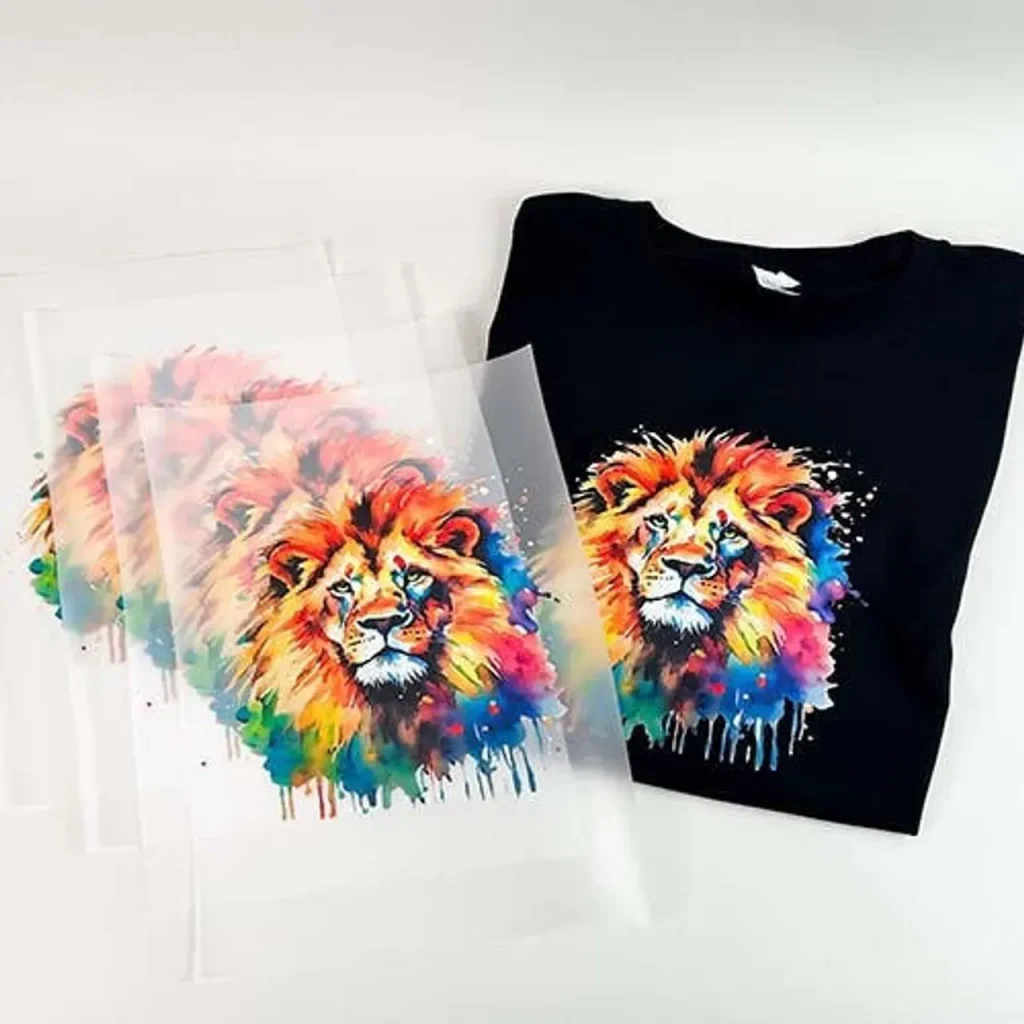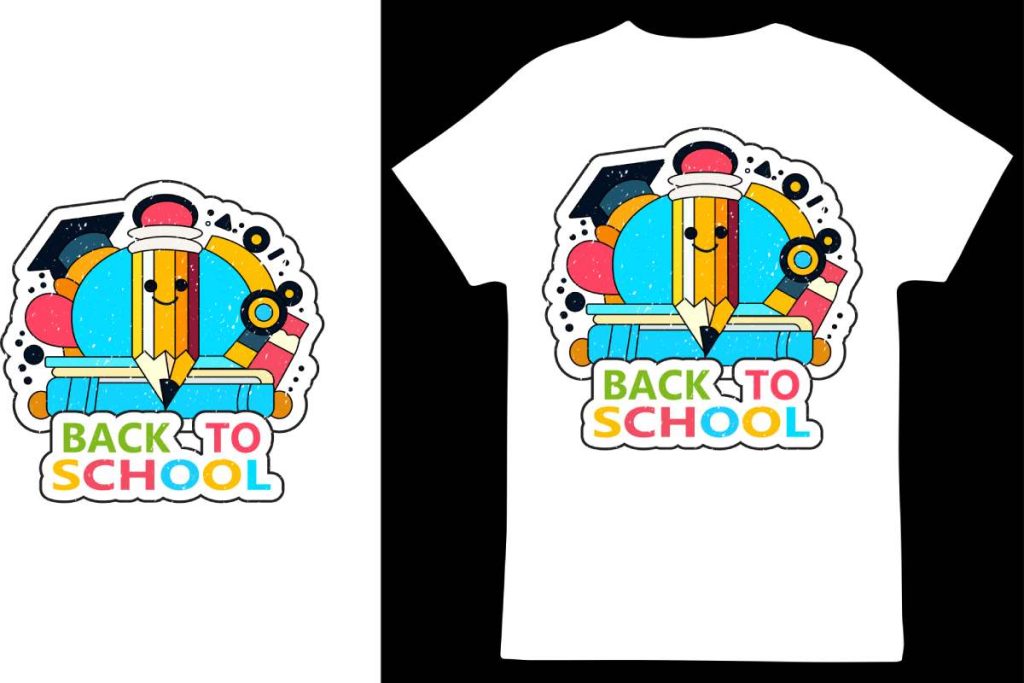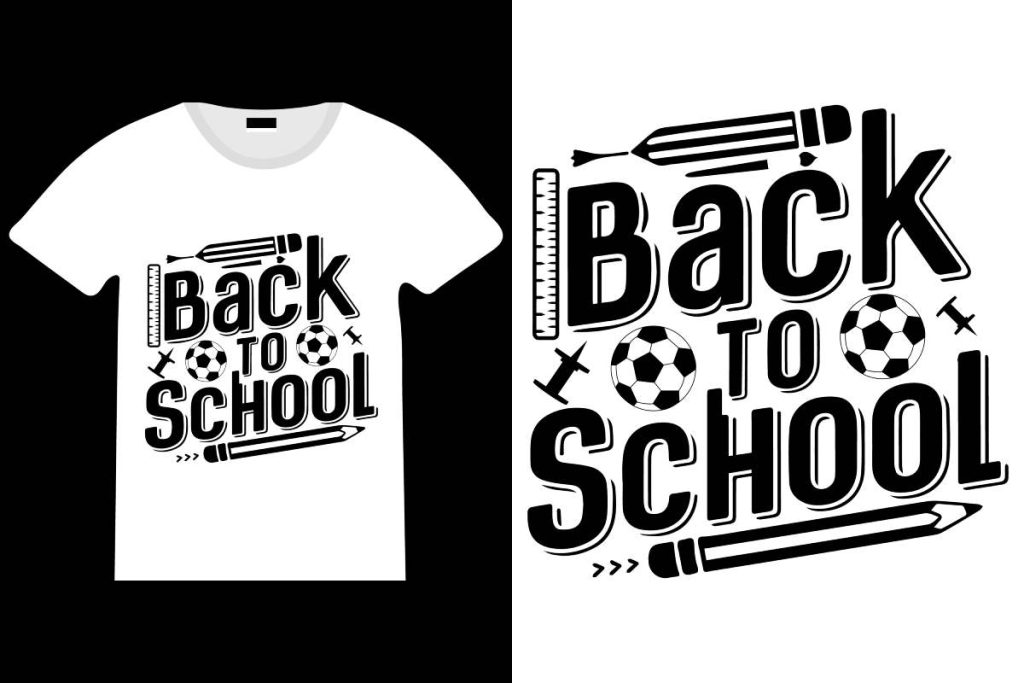DTF transfers, or Direct-to-Film transfers, represent a groundbreaking advancement in the realm of custom apparel and textile printing. This innovative method allows businesses to create high-quality prints with remarkable colors and durability on a wide range of fabrics. By utilizing DTF printing techniques, entrepreneurs can offer vibrant designs that stand up to the test of time, even after repeated washes. As the demand for personalized merchandise continues to soar, embracing DTF transfers can significantly boost your business’s competitiveness in the market. Discover the numerous benefits and successful strategies for implementing DTF printing to elevate your brand and captivate your audience.
In the dynamic world of custom clothing and promotional products, the terms “Direct-to-Film transfers” and “DTF printing” are increasingly recognized for their impact on textile printing. This method, which involves transferring intricate designs onto films for application on various materials, offers an exceptional alternative to traditional print techniques. Businesses are gravitating towards these innovative solutions, seeking the advantages of high-quality prints that are both vibrant and long-lasting. As the industry shifts towards greater customization and efficiency, understanding the nuances of DTF technology becomes essential for any entrepreneur looking to thrive in this competitive environment. In this context, exploring the highlights of this revolutionary printing process can greatly enhance your merchandise offerings.
Understanding DTF Transfers: A Comprehensive Guide
Direct-to-Film (DTF) transfers have emerged as a game-changer in the world of textile printing, allowing businesses to create stunning, custom apparel with remarkable efficiency. The DTF process begins by printing colorful designs onto a specially coated film, which can then be transferred onto a variety of fabrics through heat pressing. This method not only mitigates the hassles of traditional screen printing but also offers high precision and an array of vibrant colors that are consistent across different projects.
One of the defining attributes of DTF transfers is its flexibility; it can be used on various materials including cotton, polyester, and blends, which caters to a broad audience of potential customers. By integrating DTF printing into your operations, you can meet the growing demand for personalized and custom merchandise, establishing your brand as a modern player in the industry. This capability ensures that you can deliver high-quality prints that are both eye-catching and durable, enhancing the overall appeal of your products.
The Advantages of DTF Printing for Custom Apparel
DTF printing stands out due to its capacity to produce high-quality prints that maintain vibrancy even after repeated washing. This quality is essential for apparel businesses, where customers expect their clothing to withstand the test of time while looking good. The rich, vivid colors afforded by DTF prints can significantly elevate a product’s market appeal, making it a popular choice for custom designs and promotional items.
Moreover, the cost-effectiveness of DTF printing cannot be underestimated, especially for small businesses looking to expand their product lines without heavy upfront investments. With lower setup costs compared to traditional printing methods, entrepreneurs can experiment with various designs and offerings, paving the way for scalable operations. As a result, DTF printing plays a critical role in enhancing business growth by providing access to advanced textile printing technology at an affordable price.
Essential Strategies for Implementing DTF Transfers Successfully
To achieve success with DTF transfers, investing in high-quality DTF printers and inks is paramount. Quality equipment ensures that the prints maintain their standard across various products, leading to consistent customer satisfaction. It is essential to partner with trusted suppliers of DTF materials, as the quality of the films and inks will significantly impact the final output. By choosing reliable products, businesses are better positioned to deliver enduring and captivating prints.
Additionally, conducting test prints is crucial before moving to mass production. By experimenting with different fabrics, you can fine-tune your printer’s settings and optimize the design placement to ensure that the final prints meet your high standards. This practice not only reduces waste but also helps in understanding how different materials interact with DTF technology, thereby enhancing your overall printing strategy.
Optimizing Designs for DTF Printing
When preparing designs for DTF printing, ensuring that vector graphics are utilized is vital for achieving optimum clarity and vibrancy. Vector graphics allow for scaling without losing resolution, making them ideal for apparel printing where detailed designs are required. Optimizing the colors and ensuring that they are suitable for DTF processes will also help eliminate issues such as color bleed and misalignment during heat transfer.
Proper design optimization not only elevates the visual appeal of the products but can also streamline production, saving time and materials. Businesses that prioritize this aspect can distinguish themselves in the saturated market of custom apparel, attracting customers who seek quality and uniqueness in their fashion choices.
The Growing Trends in DTF Printing
As DTF printing continues to rise in popularity, keeping an eye on industry trends is essential for businesses looking to remain competitive. The increasing consumer preference for personalized products has resulted in an uptick in companies adopting this versatile printing technique. DTF’s efficiency enables quick turnaround times, making it the preferred choice over traditional screen printing methods for many custom apparel businesses.
Sustainability is another trend gaining traction within the DTF printing realm. Many companies are exploring eco-friendly inks and biodegradable transfer films, which align with the growing consumer demand for sustainable practices. By adopting such innovations, businesses can not only reduce their environmental footprint but also appeal to conscientious consumers who favor brands that prioritize sustainability in their operations.
Marketing Your DTF Products Effectively
To maximize the reach of your DTF products, effective marketing strategies are crucial. Utilizing social media platforms, an engaging website, and e-commerce channels will allow you to showcase your unique DTF offerings to a broader audience. Clearly highlighting the customizable aspects of your products can entice customers who value personalization, making them more likely to engage with your brand.
To enhance your marketing efforts, consider collaborating with influencers or joining industry forums that focus on custom apparel. Engaging with communities that share an interest in textile printing and fashion helps build brand awareness and credibility. By generating buzz around your DTF products, you can create a loyal customer base that appreciates the quality and uniqueness of what you offer.
Frequently Asked Questions
What are DTF transfers and how do they work?
DTF transfers, or Direct-to-Film transfers, involve printing designs onto a special film using DTF printers, which can then be heat transferred onto fabrics. This technique allows for vibrant, high-quality prints on various materials, making it popular for custom apparel.
How does DTF printing benefit custom apparel businesses?
DTF printing benefits custom apparel businesses by providing high-quality, durable prints that resist fading even after multiple washes. Its cost-effectiveness and versatility in material application make it ideal for businesses looking to expand their product offerings.
What types of fabrics can DTF transfers be applied to?
DTF transfers can be applied to a wide range of fabrics, including cotton, polyester, and various blends. This versatility enables businesses to create custom apparel for diverse consumer preferences.
What equipment is needed for successful DTF printing?
To successfully implement DTF printing, businesses need a reliable DTF printer, quality inks, and appropriate transfer films. Investing in high-quality equipment is essential for achieving stunning print results and maintaining production consistency.
Why is training staff important when using DTF transfers?
Training staff in DTF transfers is crucial as it ensures proper operation of equipment and troubleshooting of common issues. Well-trained employees can optimize print quality and efficiency, reducing downtime and increasing productivity.
What recent trends are shaping the future of DTF printing?
Recent trends in DTF printing include a rising demand for personalized products, a focus on standardizing processes for improved efficiency, and a growing interest in sustainability. These trends highlight the innovative direction of the custom printing industry.
| Key Points | Details | |
|---|---|---|
| Overview of DTF Transfers | DTF printing transfers designs onto film for transfer onto fabrics, offering vibrant, durable prints. | |
| High Quality and Vibrancy | Produces impressive colors and detailed prints resistant to fading after multiple washes. | |
| Versatility in Application | Can be applied to a range of materials like cotton and polyester, expanding product offerings. | |
| Cost-Effectiveness | Lower setup costs appeal to both small entrepreneurs and large corporations. | |
| Implementation Tips | ||
| Invest in Quality Equipment | Acquire a reliable DTF printer and premium inks for consistent quality. | |
| Select Appropriate Materials | Use quality films and inks to enhance print longevity and clarity. | |
| Conduct Test Prints | Test prints help calibrate machines for optimal quality. | |
| Optimize Designs | Use vector images to ensure clarity and avoid color bleed. | |
| Train Your Staff | Thorough training enables staff to troubleshoot and maintain efficiency. | |
| Effective Marketing | Promote DTF offerings through social media and highlight customizability. | |
| Networking | Connect with industry forums to share insights and trends. | |
| Recent Trends | ||
| Rising Popularity | DTF printing is favored over screen printing for personalized products. | |
| Professionalization of Processes | Businesses focus on standardizing their DTF processes for quality and efficiency. | |
| Sustainability Focus | Interest in eco-friendly inks aligns with consumer values. | |
Summary
DTF transfers represent a breakthrough in printing technology that can significantly enhance your business offerings. By embracing this method, you can create vibrant, high-quality designs that appeal to customers across various markets. The flexibility of applying DTF transfers to different materials makes them a valuable asset for custom apparel and promotional items. Moreover, as trends lean toward sustainability, businesses implementing DTF printing can align their practices with modern consumer preferences. By focusing on quality equipment, staff training, and effective marketing strategies, you can position your business for success in this competitive landscape.



